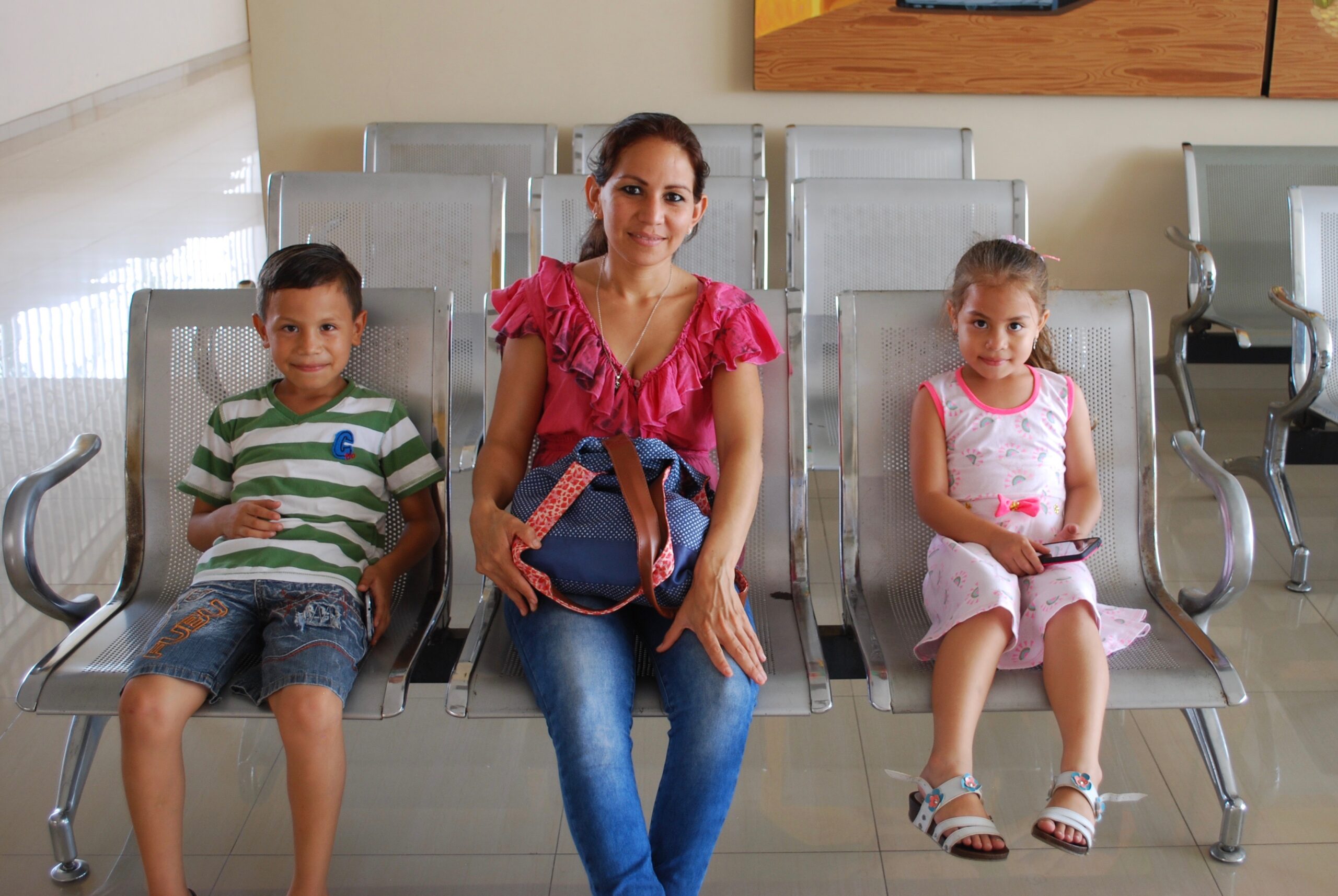By now we are all familiar with the COVID strategy in the United States: encourage strict social distancing by banning group events, close businesses, and isolate people with mild symptoms within their homes. Only the sickest go to the hospitals to avoid overwhelming them. This makes perfect sense in a society where most people have multiple rooms within their home, safe drinking water, access to the internet and can call their doctor if things get worse.
But in a poor country like Ecuador, this strategy is much more complicated. In poorer parts of big cities like Quito and Guayaquil, and in the countryside that we serve at AHD, many live in shanty towns in one-room homes for the whole family. In these circumstances, sending home an infected person is a recipe for quickly infecting entire families and all of their neighbors. And with a severely limited health care system, there is no way all of the sick people can be treated in a hospital.
As a result, Ecuador is building camps to house infected people away from their families. The government is setting up one of these camps about a half a mile from Hesburgh Hospital in Santo Domingo. Ideally, this would give people a place to ride out the sickness, where they could be fed, monitored, and sent to a hospital if needed. But nothing is ideal in a poor country about to be hit by a global pandemic. These camps will likely be very basic and understaffed. The government likely just does not have the resources or expertise to pull this off on a mass scale that would be necessary to stem the tide of the epidemic. And culturally, many people will not be willing to separate from their loved ones in such a dangerous situation.
